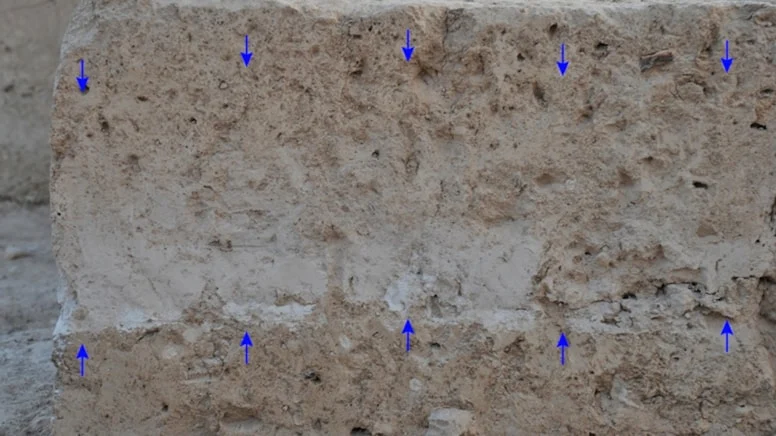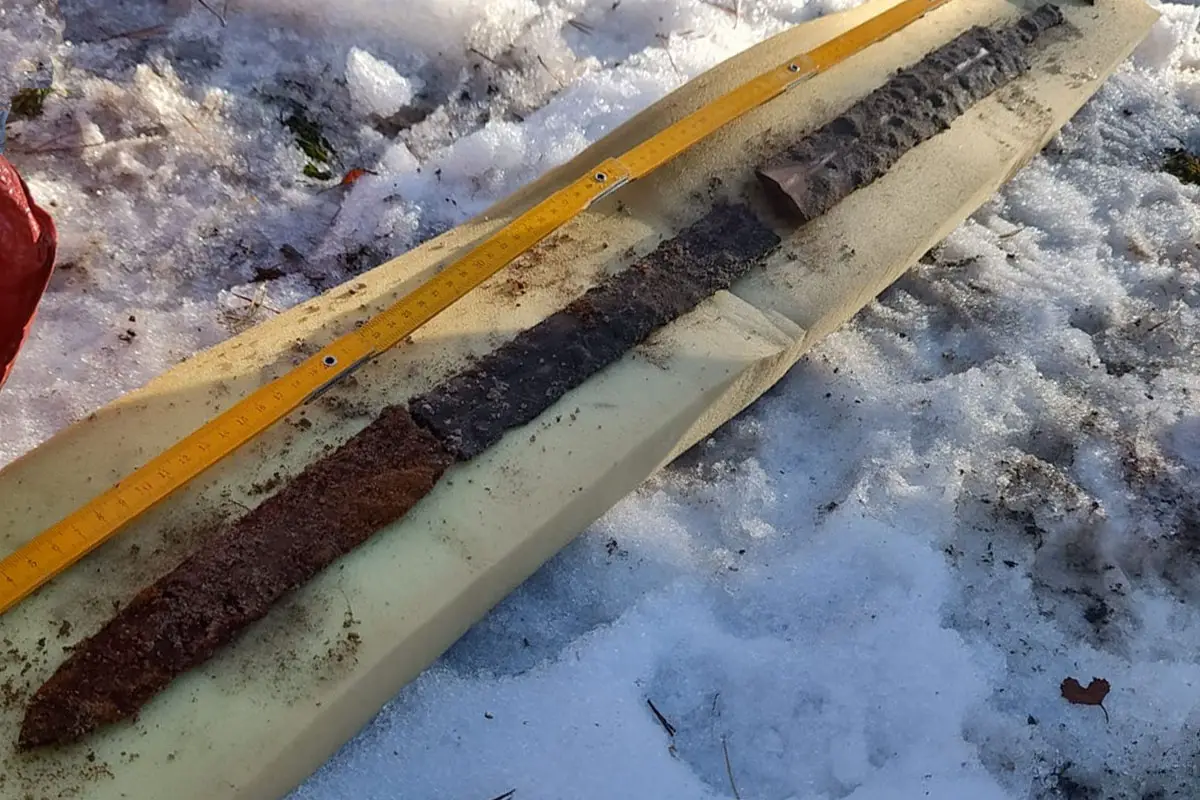
A business in Istanbul has transformed a 1500-year-old historical cistern into a thermal spa center
In Istanbul, a 1,500-year-old historical cistern next to the Hagia Sophia Mosque has been transformed into a spa center called Navitas Spa Cistern by a five-star hotel. During this transformation, a pool was added inside the historical cistern, and special massage rooms were created on the lower floors, raising concerns about the integrity of the

The mystery of the 3,500-year-old ash layer at Tepecik Mound in Turkey has been solved
In 2023, significant archaeological excavations at Tepecik Mound, located in the Çine district of Aydın, Turkey, uncovered a dense layer of ash that sparked intrigue among researchers. The unique color and composition of the ash led the research team to hypothesize a potential link to a volcanic eruption. To validate their hypothesis, they sent samples

Detectorists discover 2,000-year-old Roman sword while searching for WW2 relics
Members of the INVENTUM Association, a group of metal detector enthusiasts, made an astonishing discovery in Poland’s Kraków-Częstochowa Upland: a 2,000-year-old Roman sword. The find was made by Rafal Proszowski and Mariusz Lampa while they were searching for World War II relics in the dense forests of the Polish Jura. After reporting their findings to